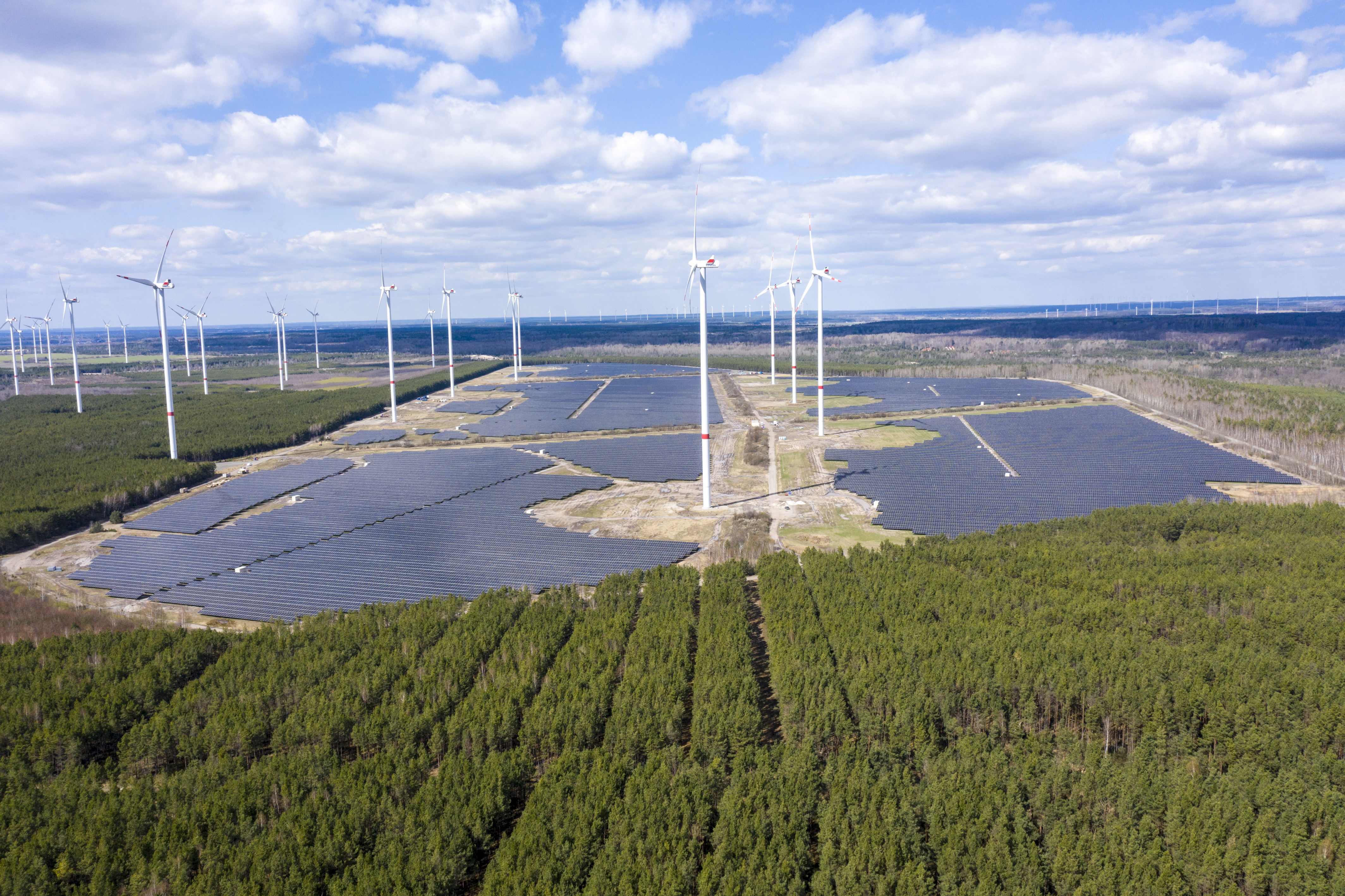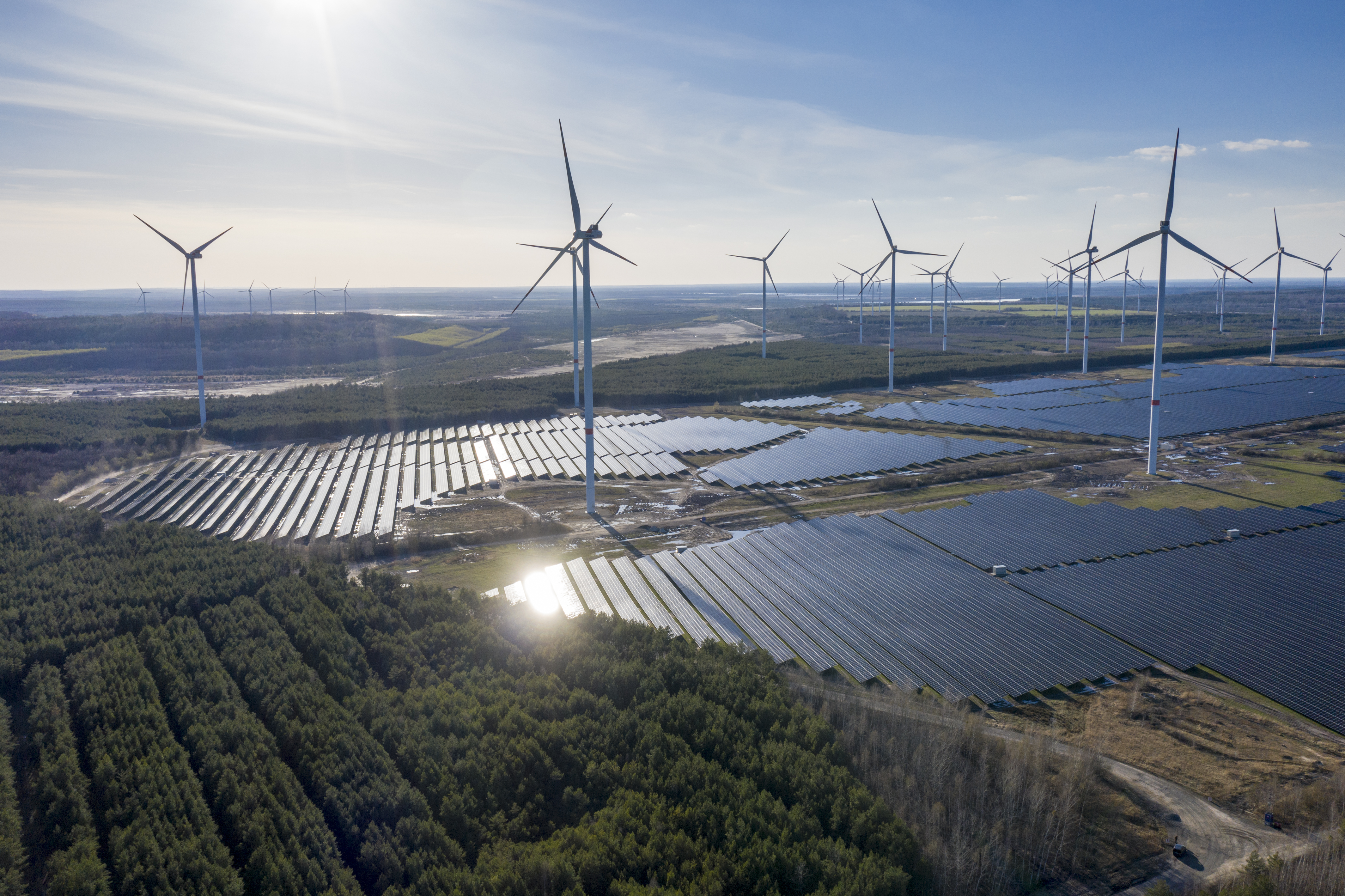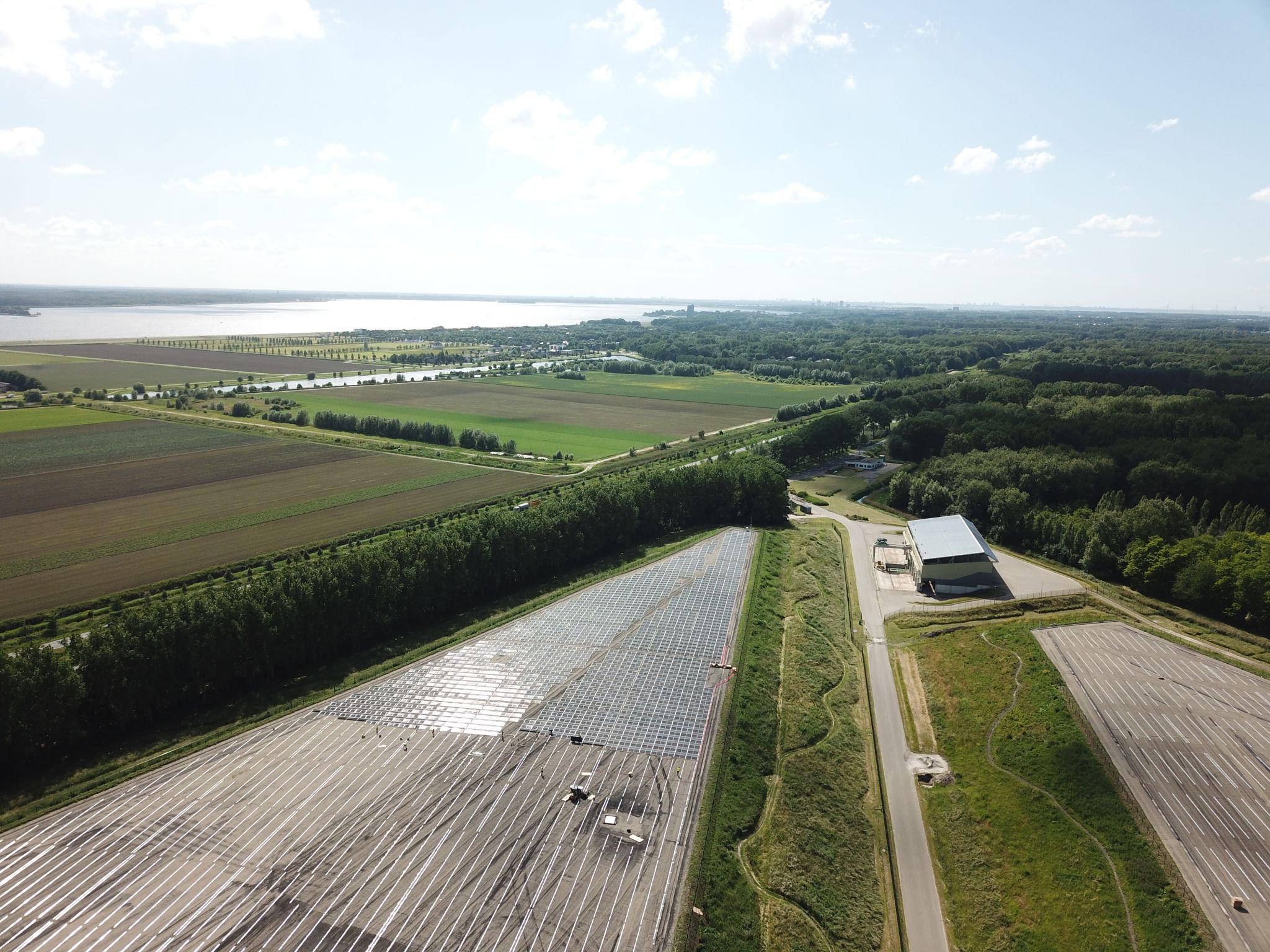Sustainable Conversion of Brownsites: A Win-Win-Win Approach
- 22/08/22
- Case Studies,Business of Solar,Responsible Earth
One of the most prominent environmental engineering issues facing multiple countries in recent years is the need to rehabilitate and reallocate former brownsites. A “brownsite” is essentially a piece of land that formerly held an open-pit mine, landfill, toxic waste dump, military base, or any other environmental hazard that may have contaminated the area with hazardous chemicals.
According to some estimates, there are more than 20,000 brownsites in Europe alone. Many of these brownsites are large and complex and pose particular threats to the local ecology and population. What’s more, the current state of brownsite reallocation in Europe is widely deemed “unsatisfactory” in terms of cost, improvement, or widespread acceptance.
Fortunately, new technologies act as a facilitator for the conversion of many of these brownsites across Europe. With innovative Vertex solar modules, Trina Solar has already allowed for the reallocation of former brownsites in several European countries into solar farms that provide sustainable energy to the surrounding areas.
Problems Posed by Brownsites
Brownsites (also called “brownfields”) pose unique problems for environmental policy due to each site’s history of contamination. This includes soil and water degradation, potential health hazards for the surrounding populations, and economic costs associated with environmental contamination. Rehabilitation and reallocation of these sites often prove to be a difficult enterprise. Decontamination costs usually become excessive, and many have contamination, lack positive aesthetic qualities, and offer few options for repurposing.
These projects tend to prove quite costly, both in terms of the project itself and preliminary soil investigation and remediation. The demand for alternate usage of these areas is often low, making it somewhat difficult to justify such a long-term project financially. In many cases, the total length and costs of the overall project are unclear at the outset.
In addition to these main barriers, brownsites pose environmental and legal issues. In many cases, the exact level of environmental contamination is unclear upfront, which poses a greater risk for the project as a whole. From a legal standpoint, issues with liability, unclear and changing laws, and complex environmental regulations present further roadblocks to development. These issues have turned brownsite rehabilitation into a problem that only becomes more and more significant as time goes by.
Trina Solar’s Innovative Vertex Modules
Trina’s innovative Vertex solar panels provide a new degree of efficiency in solar farming and greatly improve the outlook of rehabilitating a former brownsite from a purely cost-benefit analysis. Featuring both a monofacial glass/backsheet model and a bifacial double-glass model, Trina Solar’s Vertex modules can exceed 670W of power output and achieve around 21.6% module efficiency. Thanks to the high performance of these modules in low irradiation conditions, they can also generate much more energy than previous module generations.
Given the efficiency and output of Trina Solar’s Vertex modules, it’s no wonder they’ve proven to be one of the best tools for rehabilitating and reallocating former brownsites across Europe. With greater grid parity, high energy output, and improved module efficiency, the cost and resource allocation of transforming brownsites into solar farms become much more feasible.
Two particular case studies demonstrate how Trina Solar’s Vertex modules can help transform brownsites into something environmentally sustainable: the Klettwitz mine in Germany and the Braambergen landfill in the Netherlands.
Germany's Klettwitz Mine
One of Germany’s largest and most problematic brownsites was the site of the former Klettwitz open-cast mine in Schipkau, Brandenburg. This location proved a particular environmental headache not only due to its size and level of contamination but also because of its relative proximity to Germany’s capital and largest city of Berlin.
However, with the contribution of Trina Solar’s innovative Vertex modules, the former brownsite is being converted into what will become one of Germany’s largest open-air solar plants. Known as the “Lausitz Energy Park,” this reallocated brownsite will soon see a massive influx of renewable energy into Germany, with a significantly reduced carbon footprint.
Though the project is ongoing, the results are already evident. Recently, developer GP JOULE concluded construction and grid connection of the first phase of the new solar farm. It saw the installation of 183,000 solar modules in the former brownsite, with an installed capacity of 90 megawatts (MW). More sections are scheduled for installation in future phases of the project, with the second 80MW section nearing completion in the third quarter of 2022.
The first completed section of the solar farm already produces more than 91,000 MWh of solar power annually for the surrounding areas. Once the entire solar farm is completed, the plant will produce around 300,000 MWh of solar power every year.
Moreover, the new solar plant on this site is a huge step in the right direction compared to its previous usage. The former open-cast mine that once occupied the site primarily produced lignite coal for power generation. However, with the 300,000 MWh of power soon coming from the new solar plant, Germany will save around 64,000 tons of CO2 output per year. The solar PV power plant coexists peacefully with a sizeable wind energy park that had already been set up on the site – an impressive concentration of renewable energy generation capacity.
This impressive turnaround of a once troublesome brownsite is based on Trina Solar’s Vertex photovoltaic modules. Trina Solar has already provided the solar modules for phase 1 and phase 2 of the megaproject, a total of 170MW or approximately 345,000 units.
The efficiency and cost-effectiveness of the new Lausitz Energy Park are boosted through the use of the innovative design of Trina Solar’s Vertex modules. The bifacial panel design of the Vertex modules allows for up to 25% additional energy output from the modules’ rear side. The new energy park enjoys a higher energy output capacity thanks to the added efficiency, improving the financial bottom line of this reallocation project with its considerable magnitude.
The clean energy output will help rehabilitate an area that suffers from chemical contamination due to its previous mining operations. Not only does this rehabilitation allow for the sustainable repurposing of a large area, but it will allow for the reintroduction of an ecosystem previously destroyed by mining and chemical contamination.
Braambergen Landfill, Netherlands
Another excellent example of brownsite rehabilitation powered by Trina Solar’s Vertex modules can be found in the Netherlands. The brownsite in question is the former Braambergen landfill in Almere. Despite the potential contamination of the area due to its former usage, ten hectares of the site are currently being converted into a large solar park that will, upon completion, feature up to 26,000 individual solar panels. These panels will provide 15 MWp installed generation capacity for the surrounding areas or about 13,200 MWh of an annual energy yield.
In this case, Trina Solar’s Vertex module portfolio provided just the right product not only for the efficiency in energy output but for the unique construction of the project as well. Due to the site’s status as a former landfill, the soil there is generally unstable and less fit for larger construction projects. However, EPC contractor Pfalzsolar was able to create a “solar base layer” on the hills surrounding the site, which provides necessary foundational support for the solar panels without drilling into the contaminated soil of the brownsite. This layer, made from a concrete-like material, acts as the base for anchoring a rooftop mounting system for the site’s solar panels. In other words, thanks to Pfalzsolar’s clever engineering, the solar panels are installed on a mounting structure originally designed for large flat rooftops rather than for ground-level solar parks.
The entire construction project will be as sustainable as possible. In addition to the obvious environmental benefits of green energy, the new project at Braambergen will also provide an added layer of well-being for the surrounding community. The newly-rehabilitated site will be open to the public, offering numerous recreational opportunities for hiking, mountain biking, and hunting. The site will also include a vineyard and other notable features of ecological significance. With the help of Trina Solar’s Vertex modules, the Netherlands was able to transform a once problematic brownsite into a source of both clean, renewable energy and public benefit.
A Win-Win-Win Solution
When it comes to reallocating and rehabilitating former brownsites, solar plants on conversion sites provide a win-win-win solution for all parties.
The energy efficiency and construction capabilities of Vertex solar modules allow for the successful and cost-effective reallocation of environmentally hazardous brownsites that would otherwise fall into disuse or be lost. These brownsites now have a new, environmentally sustainable purpose, significantly decreasing the area’s environmental footprint and net CO2 output.
These brownsites will now generate clean, renewable energy through efficient solar parks. With the once-hazardous brownsites rehabilitated into green energy solar parks, local flora and fauna that had to flee the contaminated area can return and help rebuild the ecosystem.
Trina Solar’s Vertex modules provide many benefits to any country, city, or municipality struggling to figure out what to do with a contaminated brownsite. Through innovation, efficiency, and a commitment to excellence, Trina Solar has reached new levels of possibility when it comes to enabling environmental rehabilitation.





